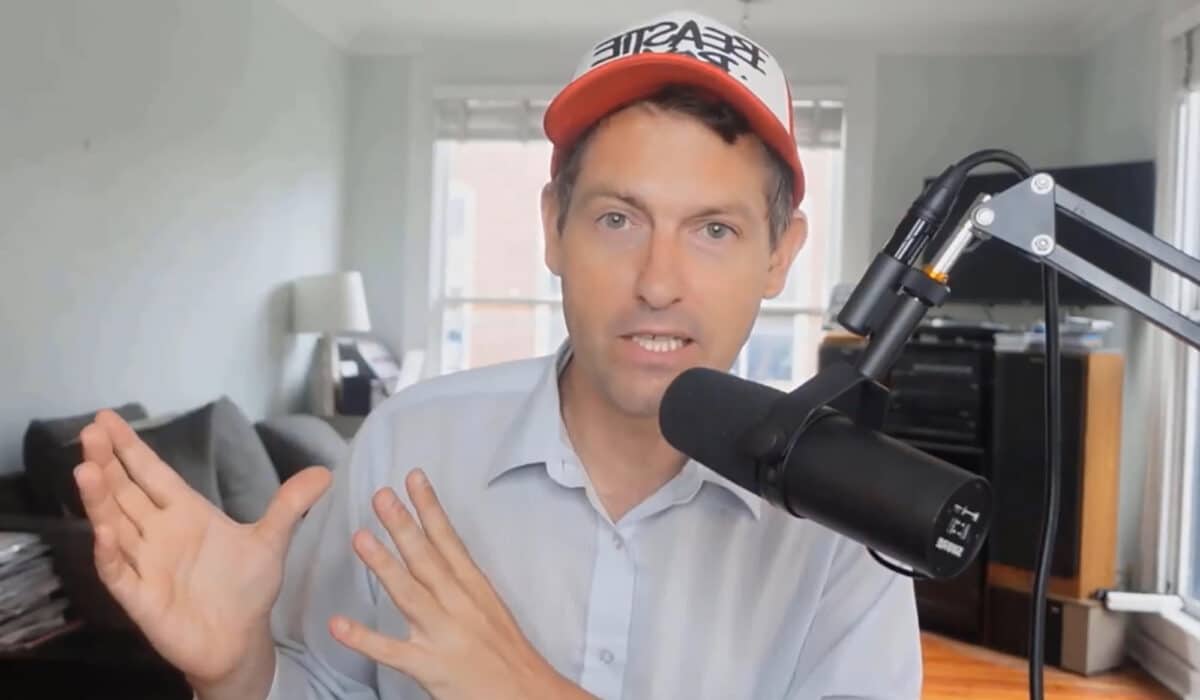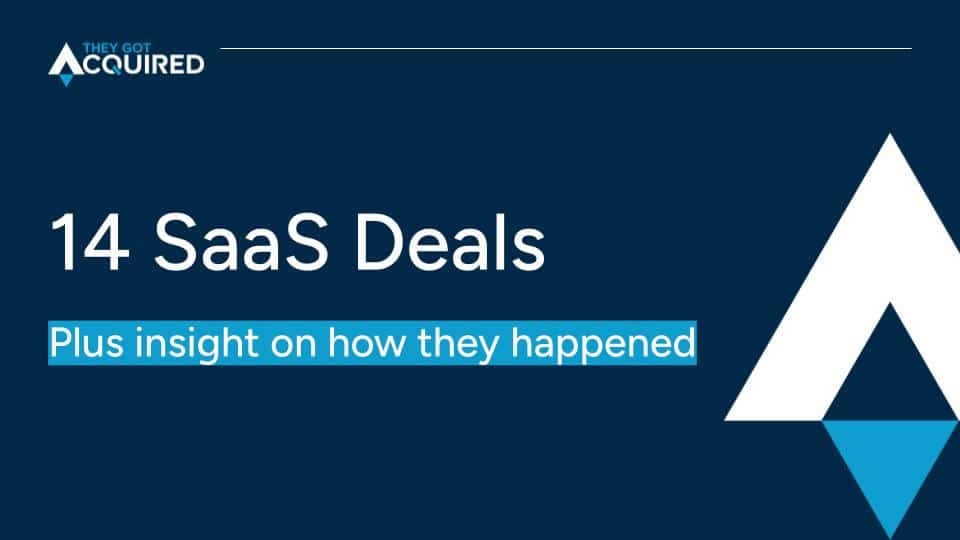The first time Peter Valley attempted to find books to resell, he got locked in a dumpster.
The high school senior took an interest in dumpster diving and came across a semi-truck-sized dumpster full of thousands of books outside a thrift store, he recounted on his blog. While he was inside the dumpster filling boxes of books, an employee threw a padlock on the dumpster and called the police.
Valley received a stern talk and was let go. But that moment planted a seed. Valley could take books he found for free or cheap and sell them for a profit. The process actually has a name: book arbitrage.
In 2015, he turned this passion and money-making gig into a software, Zen Arbitrage, which scans Amazon for books listed under their typical selling price. In 2022, when he sold his business, Zen Arbitrage had 750 paid users and raked in $90,000 in monthly revenue, which works out to about $1.1 million in annualized revenue.
From dumpster dives to $30,000/mo: The origin of Zen Arbitrage
Valley, based in Boulder, Colorado, doesn’t have a background in software or business.
In the early 2010s, during one of his thrift runs to find books to resell, he came across a CD box set of early internet marketers (think: Tony Robbins) sharing their motivational takes, he shared on Big Break Software Podcast. He bought it and remembers one mind-blowing takeaway: Take your knowledge, repackage it and sell it.
Valley wrote an ebook about book arbitrage, which made him about $100 a day. This led to video courses — then Zen Arbitrage, which he launched in 2015.
Zen Arbitrage streamlines the process of book arbitrage. The software scans Amazon for cheap books, which resellers can list on Amazon FBA at a higher price.
This is thanks to what Valley calls a loophole on Amazon. There are two ways to sell on Amazon: Fulfilled by Merchant (FBM) and Fulfilled by Amazon (FBA). These are exactly what they sound like: Through one program, the merchant handles all the logistics (FMB) and through the other, merchants send their items to Amazon’s fulfillment centers, and Amazon does the rest.
Shoppers are willing to pay 100% to 500% more for a product sold through FBA, Valley has found. There are a few possible reasons for this. FBM sellers must handle all the shipping logistics, including communication with customers, which leaves more room for error (and negative reviews). FBA items are also eligible for the Prime badge, making it more appealing to buyers.
Valley worked with a developer — a friend of a friend — and spent about $14,000 to create the software, which he paid for by selling products he found in dumpsters.
He directed the audience he built through his blog to a webinar, where he advertises Zen Arbitrage. He listed the software for $97 a month — available only for 100 seasoned booksellers initially — and it sold out in 90 seconds. (The software still cost $97 a month when he sold the business.)
When he made Zen Arbitrage available more broadly about six months later, he started making about $30,000 a month.
Solving Zen Arbitrage’s initially high churn rates
For about three years, Valley’s monthly revenue was “stuck” at $30,000.
“I did not understand customer retention,” he said on a podcast. “We’re selling to people that want either a side hustle or a legitimate business, but there is a learning curve. We’re attracting a lot of people that maybe wanted push-button money — I do try to actively dissuade people like that — but we got a lot of that, so churn was pretty bad when people realized there was actual work involved.”
To address the high churn rate, Valley began offering free 14-day trials, so customers could try out the software before committing to a monthly subscription.
Valley also focused on improving the onboarding experience. He leaned on Intercom, a customer service platform, to help customers better understand how to use Zen Arbitrage. He also used it to understand why customers canceled, and address common objections..
For users, he built out a Facebook group so they could become part of a community and see how other customers were using the software.
For years, Valley had only one contractor, a developer. Around 2019, he hired a customer support agent and two contractors who worked under the lead developer. At one point, he hired an affiliate manager when he was ramping up affiliate advertising efforts, but when he sold the business, he had just one employee and two part-time developers.
Selling Zen Arbitrage: “A steep learning curve”
Valley shared in late 2020, two years before selling, that he was open to selling.
“Honestly, if I had a buyer across the table from me, I could rattle off 10 or 15 things they could do in under a month to increase revenue double digits or triple digits,” he said. “These are things that because I’m so committed to staying small, that I just can’t do.”
He later told us in 2024 as he reflected: “The business had much bigger potential than I was allowing it to have, and I was limiting its growth through inexperience, poor management of technical talent and general bandwidth.”
Valley worked with Quiet Light brokerage to find a buyer. Although Valley could not disclose who the buyer was, through our research, we found it was Carbon6, an Amazon growth platform for sellers. Carbon6 offers a “seller toolbox,” providing Amazon sellers with software solutions to optimize listings, track inventory and more.
In a press release, Carbon6 shared that Zen Arbitrage was one of 16 deals it made between May 2021 and September 2022 after receiving $66 million in Series A funding. The company purchased Zen Arbitrage in January 2022. Terms were not disclosed.
Valley told us selling his business was a “steep learning curve.” “Lots of errors that could have been avoided with a good mentor or talking to other founders who have been through the same,” he said.
One learning point for him: The initial offer ended up coming down significantly during due diligence. This is common, and typically happens when the buyer discovers details about the business that are different than what they expected.
While Valley can’t speak for the buyer, he said one mistake he made was miscalculating his churn rate. He mistakenly included involuntary churn rate when generally buyers are primarily concerned with voluntary churn rate. (Here’s another example of a seller whose financials were not as expected during due diligence, plus some tips to avoid that scenario.)
Additionally, all of Zen Arbitrage’s traffic was organic, and “I did a poor job of knowing where that traffic came from,” he said. “I think the lack of clarity around traffic sources may have been a concern to buyers.”
Another element that may have created risk for buyers was that Zen Arbitrage was “guru led,” meaning it leaned heavily on Valley’s brand and personality.
“Buyers understandably aren’t confident they can recreate that relationship with users and aren’t confident they can market as effectively with absence of the ‘guru’ or founder,” he said. “It can be difficult to determine how much of a business’s success can be attributed to the personality marketing it.”
For that reason, he advises founders who run businesses based on their personal brand to remove their faces from the business.
In the end, selling Zen Arbitrage felt “massively satisfying for many reasons, but largely because of how unlikely the outcome was,” Valley said, reflecting on his lack of business acumen, tech know-how and access to capital when he started the business.
After selling, Valley barely took a break before setting out to solve another problem for Amazon sellers: repricing inventory. He launched NeuroPrice, a repricing tool for Amazon sellers that sets prices based on demand, in 2023.
This post contains an affiliate link from one of our partners. If you use their service after clicking our link, The Got Acquired may receive a commission. We created this piece independent of our partners; no partner was involved in the reporting or writing of this piece.



